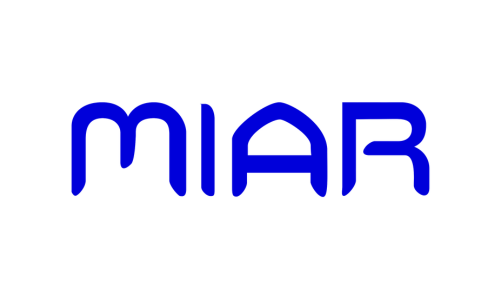Fast Algorithms for Simulating Chiral Fermions in U(1) Lattice Gauge Theory
Abstract
Lattice QCD with chiral fermions are extremely computationally expensive, but on the other hand provides an accurate tool for studying the physics of strong interactions. Since the truncated overlap variant of domain wall fermions are equivalent to overlap fermions in four dimensions at any lattice spacing, in this paper we have used domain wall fermions for our simulations. The physical information of lattice QCD theory is contained in quark propagators. In practice computing quark propagator in lattice is an inversion problem of the Dirac operator matrix representing this quarks. In order to develop fast inversion algorithms we have used overlap solvers in two dimensions. Lattice QED theory with U(1) group symmetry in two dimensional space-times dimensions has always been a testing ground for algorithms. By the other side, motivated by our previews work that the two-grid algorithm converge faster than the standard iterative methods for overlap inversion but not for all quark masses, we thought to test this idea in less dimensions such as U(1) gauge theory. Our main objective of this paper it is to implement and develop the idea of a two level algorithm in a new algorithm coded in QCDLAB. This implementation is presented in the preconditioned GMRESR algorithm, as our new contribution in QCDLAB package. The preconditioned part of our algorithm, different from the one of [18], is the approximation of the overlap operator with the truncated overlap operator with finite N3 dimension. We have tested it for 100 statistically independent configurations on 32 x 32 lattice background U(1) field at coupling constant and for different bare quark masses mq = [0.5, 0.45, 0.4, 0.35, 0.3, 0.25, 0.2, 0.15, 0.1]. We have compared the convergence history of the preconditioned GMRESR residual norm with another overlap inverter of QCDLAB as an optimal one, such as SHUMR. We have shown that our algorithm converges faster than SHUMR for different quark masses. Also, we have demostrated that it saves more time for light quarks compared to SHUMR algorithm. Our algorithm is approximately independent from the quark mass. This is a key result in simulations with chiral fermions in lattice theories. By the other side, if we compare the results of [18] for quark mass 0.1 in SU(3), results that our chosen preconditioned saves a factor of 2. Our next step is to adopt this algorithm in parallel.
Keywords: chiral fermions, quark propagator, inverting algorithms, U(1) gauge theory.
Downloads
Published
How to Cite
Issue
Section
License
Declaration/Copyright transfer:
1. In consideration of the undertaking set out in paragraph 2, and upon acceptance by ANGLISTICUM for publication of the manuscript in the Journal, I/We hereby assign and transfer publication rights to ANGLISTICUM, whereas I/We retain the copyright for the manuscript. This assignment provides ANGLISTICUM the sole right and responsibility to publish the manuscript in its printed and online version, and/or in other media formats.
2. In consideration of this assignment, ANGLISTICUM hereby undertakes to prepare and publish the manuscript in the Journal, subject only to its right to refuse publication if there is a breach of the Author’s warranty in paragraph 4 or if there are other reasonable grounds.
3. Editors and the editorial board of ANGLISTICUM are empowered to make such editorial changes as may be necessary to make the Manuscript suitable for publication.
4. I/We hereby acknowledge that: (a) The manuscript submitted is an original work and that I/We participated in the work substantively and thus I/We hereby are prepared to take public responsibility for the work; (b) I/We hereby have seen and approved the manuscript as submitted and that the manuscript has not either been published, submitted or considered for publication elsewhere; (c) The text, illustration, and any other materials included in the manuscript do not infringe upon any existing copyright or other rights of anyone.
5. I/We hereby indemnify ANGLISTICUM and the respective Editors of the Journal as mentioned in paragraph 3, and hold them harmless from any loss, expense or damage occasioned by a claim or suit by a third party for copyright infringement, or any suit arising out of any breach of the foregoing warranties as a result of publication of the manuscript.













